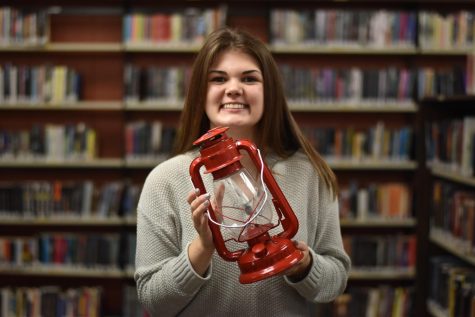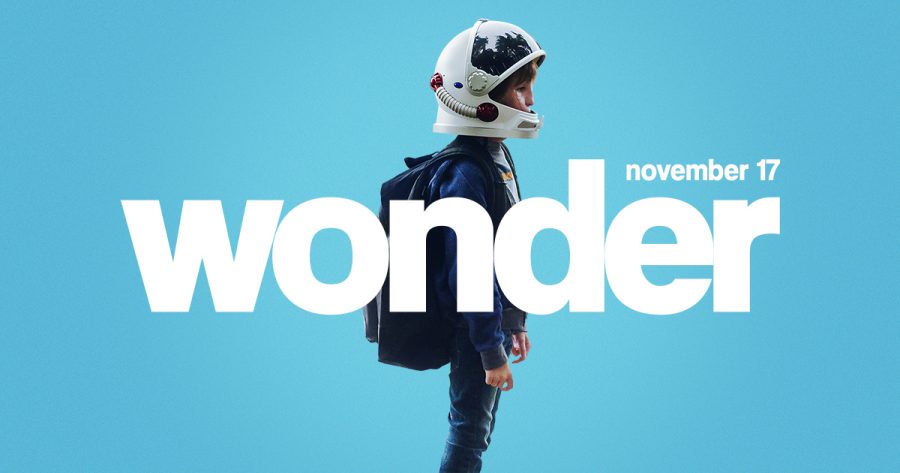Wonder
The Lantern reviews the new movie “Wonder” based on the book written by Raquel J. Palacio.
At some point in their life, everyone has felt unwanted. Whether it’s being picked last for a sports team, moving to a new town, or even just deciding partners for a project, all of us at some point have been left out. After events such as these, people are left wondering “am I really good enough?” Before looking inward, society rather must look at the definition of wonder: a feeling of surprise mingled with admiration, caused by something beautiful, unexpected, unfamiliar, or inexplicable. Such a simple word has a large impact. Raquel J. Palacio’s book “Wonder” explores the true meaning behind this wonderful word. Based on Palacio’s book, the movie “Wonder” left me with the feeling of empowerment. Several things made this film such a beautiful masterpiece. It could be the fact that it captured the book extremely well, or the relatableness of the characters, but either way “Wonder” is a phenomenal movie to see while it is still in theaters.
When reading the book “Wonder”, the author takes the reader through multiple characters’ points of view. The movie was tastefully done in the same manner. Several scenes were shown multiple times, but from a different character’s point of view, creating a more personal effect. It showcased how certain situations can be interpreted in one individual’s mind compared to the next one. Another way the movie was like the book was how they both had the same characters. Reading “Wonder” I pictured the character’s just as they were presented in the movie. The main character Augie, portrayed by Jacob Tremblay, suffers from mandibulofacial dysostosis, which is more commonly known as Treacher Collins Syndrome. In other words mandibulofacial dysostosis affects a person’s ability to develop bones and tissues properly, making body parts appear differently. Though the movie made Auggie appear differently than described in the book, it didn’t bother me because I could empathize with each character.
Poor little Augie was so self conscious about his medical condition he often is seen wearing a astronaut’s helmet. Now I have never worn an astronaut’s helmet before, but I think everyone can associate themselves with a time they didn’t like who they were. Sometimes hiding or putting on a helmet is easier than facing reality. Along with the feeling of not being good enough, people can also relate to another character in the film who gets in an argument with one of her closest friends. These examples were only a few scenes displaying how viewers have the ability to connect with the characters on screen. “Wonder” made me feel as though I was the characters. A movie like this one is definitely a tear jerker, so I would suggest bringing some tissues.
When the screen finally went black and the credits began to roll, I felt like I had learned something. Such a simple word, wonder, was the perfect fit for a title. Auggie as a person may be a bit different, yet seeing him on screen made me feel love through his beautiful life. I was in awe watching the film because it had the ability of capturing my mind and heart. Just because most people do not have mandibulofacial dysostosis, does not mean people haven’t felt great about themselves one day or the other. Though most people have felt this dislike toward themselves, it doesn’t mean that individuals can’t understand the situations Auggie has been through. Auggie has dealt with a lot more than the majority and that’s why the movie is fantastic. It showcases that in a world full of people, everyone is fighting their own battle. For those reasons society must open their heart to differences. Chances of society doing this is very slim, however, I truly believe if more viewers see this film the task will become more achievable.

Emma Conway is a senior Editor-in-Chief for The Lantern. As a Yearbook Editor, Speech Captain, Student School Board Representative, MHS Historian, and...

